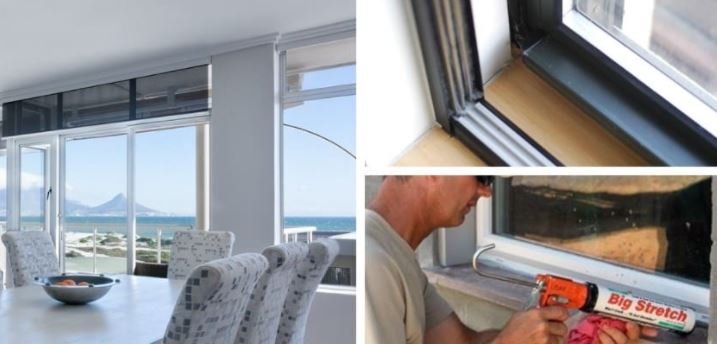 Whether it is the motorway traffic, noisy neighbors, or animals, some noises from the outdoors are likely to disturb your everyday tasks, particularly if they enter while you’re in your home or another area that’s supposed to be a shelter or office.
Whether it is the motorway traffic, noisy neighbors, or animals, some noises from the outdoors are likely to disturb your everyday tasks, particularly if they enter while you’re in your home or another area that’s supposed to be a shelter or office.
Although you can’t dictate what happens outdoors, you can learn how to soundproof windows using the methods described below, either alone or with one another, to block or at least lessen noise.
- You May Use Window Inserts
Suppose you live around an area with excessive noise, such as blowing automobile horns, screaming alarms, or loud music from neighbors. In that case, insulating window inserts are the best solution to lessen the noise. These window inserts are inserted about 4-5 inches towards the internal side of the window in the frame.
Most sound waves are prevented from traveling via the glass by the air gap between the insert and the window, leading to better noise reduction advantages.
The most efficient inserts are constructed of tempered glass, a thick glass made up of 2 slices of glass with a sheet of plastic between them that effectively stops vibrations.
Soundproof windows typically measure 48 to 54 as per the Sound Transmission Class scale (STC), which measures the decibel decrease in noise level that a regular window can provide.
- Install Double-Pane Windows In Place of Single-Pane Ones
If you have mild outside noise, like a passing automobile or a lawnmower, you might want to consider replacing single-pane windows with double-pane windows.
Single-pane windows, which are common in homes older than 15 years, have only one sheet of glass in the window frame, but double-pane windows, which are the norm in contemporary homes, have 2 sheets of glass filled with air in between. Because single-pane windows have no air-filled compartment in between the outside and the glass, practically all outside sounds can pass through, resulting in a chaotic interior.
Single-pane windows have an STC of 26 to 28, which is just slightly higher than soundproof windows.
- Use Acoustic Caulk to Fill Gaps Around Windows
Outdoor noise can enter your home through tiny gaps in between the window frames and an inside wall, preventing your windows from performing to their STC value. Filling these gaps with acoustic caulk is a simple approach to seal them.
This latex-based noise-proof sealer minimizes noise insulation and preserves window STC while allowing you to easily open and shut the window.
The simplest and most cost-effective technique for soundproof windows is to use acoustic caulk. This latex-based noise-proof sealer reduces sound transmission and preserves window STC while allowing you to open and close the window. The simplest and most cost-effective technique for soundproof windows is to use acoustic caulk.
Final Thought
All the above ways on how to soundproof windows are reliable. You can also use Hang sound-canceling drapes to reduce both noise and brightness. These curtains, usually made of thick and heavy components like velvet, include a lining composed of materials like vinyl which can cancel sound waves as it goes into a room and reduces echoes, ensuring that any noise you heard indoors fades rapidly.




